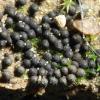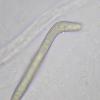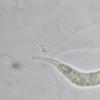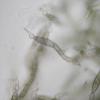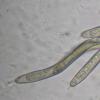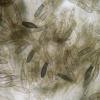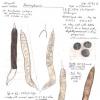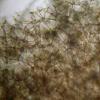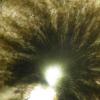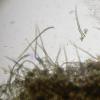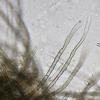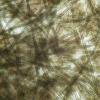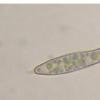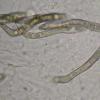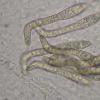
08-01-2026 21:22
 Blasco Rafael
Blasco Rafael
Hola, He recogido esta muestra de Orbilia sobre Re

07-01-2026 10:24
 Danny Newman
Danny Newman
Pezicula sp. on indet. hardwood Appalachian Highl

07-01-2026 22:22
 Danny Newman
Danny Newman
Tatraea sp. on indet. hardwood The Swag, Great Sm

07-01-2026 17:29
 Marc Detollenaere
Marc Detollenaere
Dear Forum,On a barkless Populus I found some smal

10-11-2021 17:33
 Riet van Oosten
Riet van Oosten
Add-on topic http://www.ascofrance.com/forum/7059

07-01-2026 10:05
 Danny Newman
Danny Newman
cf. Chaetospermum on XylariaCosby Campground, Grea

02-01-2026 17:43
MARICEL PATINOHi there, although I couldn't see the fruitbody, I

04-01-2026 17:45
 Stephen Martin Mifsud
Stephen Martin Mifsud
I was happy to find these orange asmocyetes which
I hope someone can help me with this Cercophora(??) species.
I found it on very clayish soil at a disturbed site without obvious connection to dung or wood.
The Perithecia are brown to nearly black with apressed brown hairs on the outside. The spores, when immature, are greenish/brownish about 50-60 x 4-5 µm with hyaline, pointed appendages, variably and often sharply bent. Appendages get quite weird, when Spores are getting more mature (see picture). I guess I did not have fully mature Spores, as Perithecia startet to decay instead of maturing. But the most mature Spores had a somewhat lanceolate darker brown end with an additional Septum in the dark part, about 16x5 µm.
It would be great to get an Identification and if available also some Literature on the Species /Genus
Thanks for any help
Stefan

I once saw something similar, which Jacques Fournier identified as Eosphaeria uliginosa (he has also a part of the specimen). But the straight part of the spores does not swell when turning dark brown.
I do not understand how it is possible to separate a genus Eosphaeria from Cercophora.
Zotto
This seems to be quite close to my collection. I have to take a closer look at the peridium this evening where these clods should be visible.
Thanks a lot

indeed E. uliginosa, with its unusual habitat on soil. Your photo 4 is very interesting because we can see overmature spores yielding phialides and conidia directly, a feature sometimes encountered in Lasiospaheriaceae.
The swelling of the head of spores, their septation and pigmentation are quite variable in this species and Andrew Miller has shown that the delimitaion of Cercophora based on swelling and darkening of the head is artificial.
I send you in private the paper on Eosphaeria.
Cheers,
Jacques

Do you mean the paper by Miller & Huhndorf 2004? I have only a few pages, can you send it me also?
E. uliginosa is described in detail by Petrini et al. 1984, Trans. B. Mycol. Soc. 82: 554-556
Zotto
Great! Thanks a lot for the ID and the Paper.
Stefan

Stefan, I have been looking for this species for over 15 years now. It is rarely collected. It would be very interesting to include in my phylogney of Sordariales. Would you be interested in sending me 25-30 ascomata to use in DNA sequencing?
Thank you,
Andy
Unfortunately, my material is in a rather poor condition now. I will try to find some fresh Material at the collection site today. I will tell you if I was lucky...
Stefan

Best,
Andy
I think I have to "reopen" this thread. I did find fresh material in the field and I took a closer look at the Perithecium anatomy. I find a wall that consists of globose brownish cells. On the wall surface were bundles of brown, slightly thickwalled hairs arising from wall cells. For me, this does not at all fit with the description of Eosphaeria uliginosa in Petrini&Petrini. I do not find "scutate" structures and hairs are not mentioned there. For details see photos.
So what now?
Stefan
?

Andy
Like in the pictures at the start of the thread. Spores with dark brown end cells like in pic6 were only observed in the old material but not in the fresh one I collected yesterday. Either very mature or overmature ones. However a slight swelling on one side is visible in several spores.
Stefan

Andy


